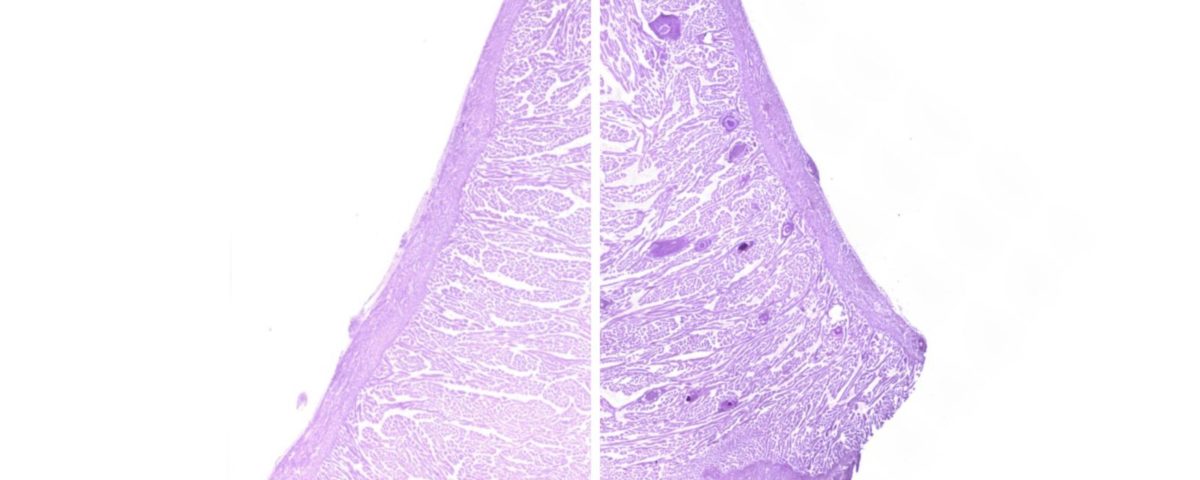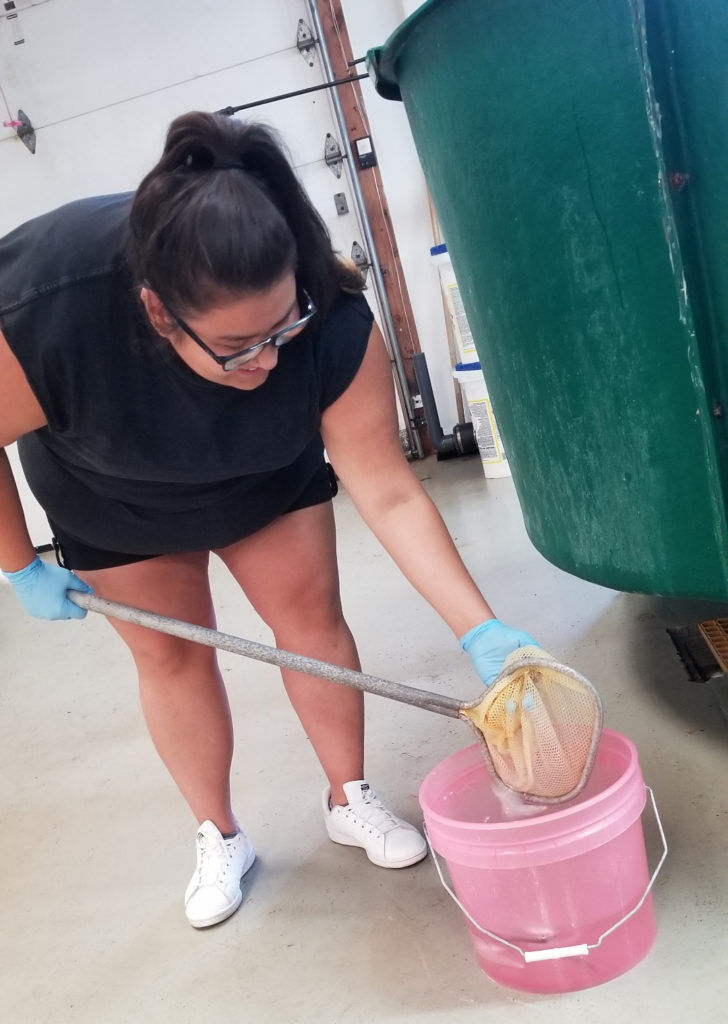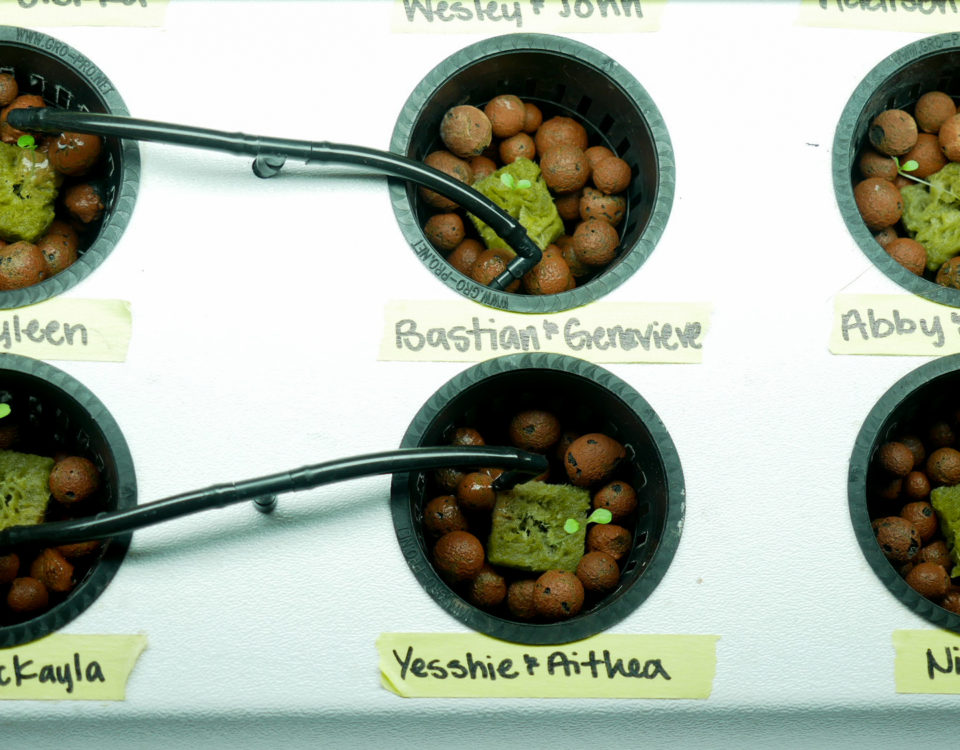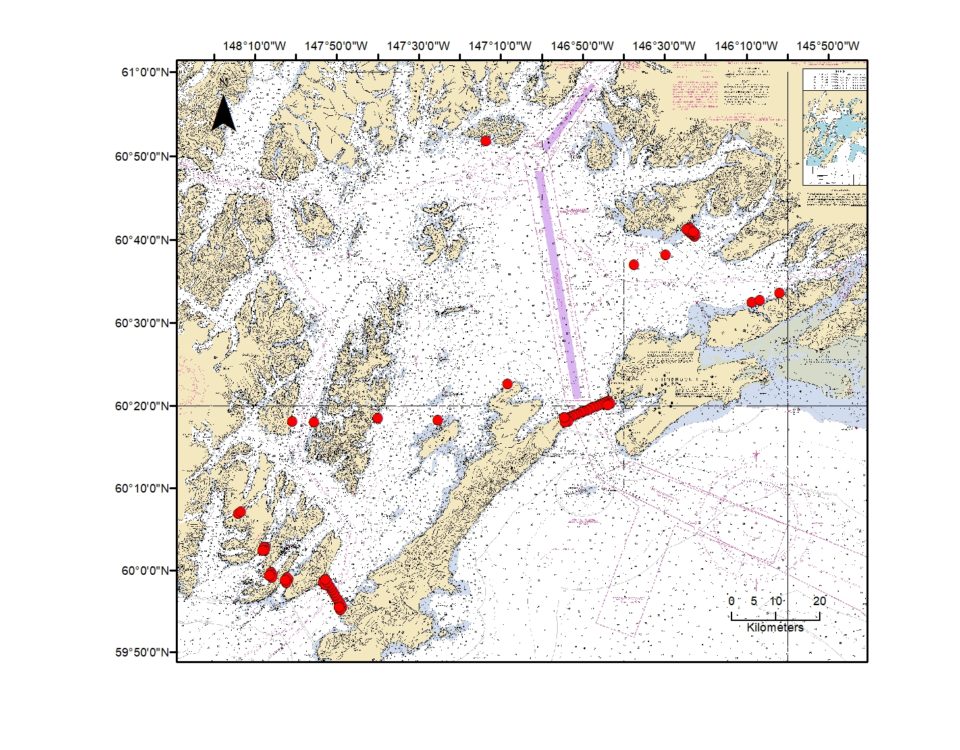For the Love of Herring

Maya Groner Shares All There is to Love About her Ichthyophonus Research
By Teal Barmore, February 13, 2019
Icthyophonus is a pathogen that affects the heart and liver of many different fish species. Major die-off events in the Atlantic Ocean have shown that it can be especially lethal to herring. Since 2007, USGS researcher Paul Hershberger has been monitoring the disease in Pacific herring from both Sitka and Prince William Sound. Every year, he samples 180 fish from each location and tests the heart, which tends to be the most affected organ, to determine if the fish is infected with the pathogen. Large Ichthyophonus die-offs have not been observed in either of these Alaska populations since he started monitoring, but in 2013 he started noticing that the infections looked more severe in the fish that he was sampling. This could be the beginning of a shift from low intensity, low mortality infections to high intensity, lethal infections. With both populations in decline and population models that don’t account for this disease, this is a cause for concern.
Enter Prince William Sound Science Center research ecologist Maya Groner. She and her colleagues in the Herring Research and Monitoring Program have recently started an experiment to determine how much of an Ichthyophonus infection it takes to kill a herring. With an understanding of how much Ichthyophonus is a lethal dose, they can then determine if levels close to that are present in the fish that Paul has been sampling for the last 10 years.

A healthy heart on the left compared to a heart infected with Ichthyophonus on the right. The dark purple spots are Ichthyophonus cells and the darker areas around the cells are damaged tissue.
The first question is under investigation at the USGS Marrowstone Fish Health Laboratory, part of the Western Fisheries Research Center in Washington state, where Maya and Paul are raising healthy herring and experimentally infecting them with the pathogen. It is unknown how Ichthyophonus is transmitted to herring—putting a healthy fish in a tank with an infected fish is unlikely to lead to infection. But they will get it if injected with the pathogen, or if they consume food that is contaminated. Maya and Paul are using both techniques. They are raising fish that have been injected with Ichthyophonus then turn them into fish meal for the test herring.
The infected test herring are monitored for signs of the disease and later have their tissue analysed. The fish tend to follow a mortality curve: the herring that succumb to the pathogen usually do so after about a month or two of infection; the remaining herring are considered survivors. A mortality index will be created by comparing the severity of infection in the survivors to the severity of the infection in the fish that died. This mortality index will be used to see if samples from wild fish are close to that level of infection.
Maya and her intern Eliana are now going through the past 10 years of sampled fish and harvesting a thin slice of heart to be looked at under the microscope. These detailed images of the heart structure are scanned and digitized for later evaluation. All of this information will eventually feed into the herring population models that are used to manage the populations.
Despite the solemn nature of disease research, Maya loves her job. She loves herring and the important role they play in the food web; connecting the lower trophic level organisms like plankton to animals such as waterfowl, larger fish, and whales. She loves sharing her expertise with her intern, teaching her how to do histology, and watching her excel. Most of all, she finds microbes to be fascinating. What’s not to love about connecting really small organisms, like Ichthyophonus, to really large-scale processes that can affect multiple layers of the food web?





